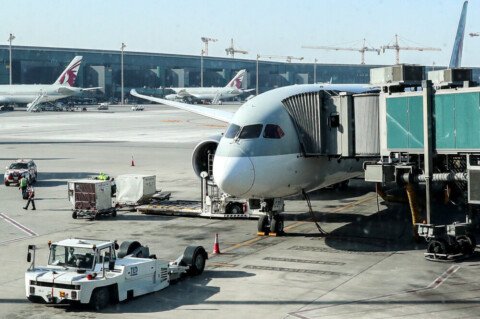The International Air Transport Association (IATA) released April 2021 data for global air cargo markets showing that air cargo demand continued to outperform pre-COVID levels (April 2019) with demand up 12%.
As comparisons between 2021 and 2020 monthly results are distorted by the extraordinary impact of COVID-19, unless otherwise noted, all comparisons to follow are to April 2019 which followed a normal demand pattern.
Global demand, measured in cargo tonne-kilometers, was up 12% compared to April 2019 and 7.8% compared to March 2021.
Seasonally adjusted demand is now 5% higher than the pre-crisis August 2018 peak.
The strong performance was led by North American carriers contributing 7.5 percentage points to the 12% growth rate in April.
Airlines in all other regions except for Latin America also supported the growth.
Capacity remains 9.7% below pre-COVID-19 levels (April 2019) due to the ongoing grounding of passenger aircraft.
Airlines continue to use dedicated freighters to plug the lack of available belly capacity.
International capacity from dedicated freighters rose 26.2% in April 2021 compared to the same month in 2019, while belly-cargo capacity dropped by 38.5%.
Underlying economic conditions and favourable supply chain dynamics remain supportive for air cargo:
Global trade rose 4.2% in March and Competitiveness against sea shipping has improved.
Air cargo rates have stabilised since reaching a peak in April 2020, while shipping container rates have remain relatively high in comparison.
“Air cargo continues to be the good news story for the air transport sector,” said Willie Walsh, IATA’s Director General. “Demand is up 12% on pre-crisis levels and yields are solid. Some regions are outperforming the global trend, most notably carriers in North America, the Middle East and Africa. Strong air cargo performance, however, is not universal. The recovery for carriers in the Latin American region, for example, is stalled,”







